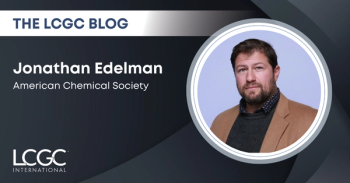
- LCGC North America-12-01-2014
- Volume 32
- Issue 12
Developing Better GC Methods — A Blueprint
To obtain sensitive, robust, and reproducible gas chromatography (GC) methods, each stage of the chromatographic process needs to be carefully considered and optimized. It is also important to record and report as much detail within the method specification so that the method can be reproduced between operators, instruments, and laboratories. Table I represents a "blueprint" method specification with all of the information that is necessary to faithfully specify and reproduce a split–splitless GC method.
To obtain sensitive, robust, and reproducible gas chromatography (GC) methods, each stage of the chromatographic process needs to be carefully considered and optimized. It is also important to record and report as much detail within the method specification so that the method can be reproduced between operators, instruments, and laboratories. Table I represents a "blueprint" method specification with all of the information that is necessary to faithfully specify and reproduce a split–splitless GC method. Table II provides a blueprint starting point for the method development of a sample with unknown composition, but known to contain "trace" target analytes. Even if you are not developing methods - check the blueprint specifications against your GC methods. Do your methods contain all of the necessary details?
Table I: Requirements for a properly specified splitless gas chromatography method with flame ionization detection (FID)
Table II: Blueprint method specification for initial method development of a trace analysis using FID
Articles in this issue
about 11 years ago
Understanding and Improving Solid-Phase Extractionabout 11 years ago
Column Protection: Three Easy Stepsabout 11 years ago
Vol 32 No 12 LCGC North America December 2014 Regular Issue PDFNewsletter
Join the global community of analytical scientists who trust LCGC for insights on the latest techniques, trends, and expert solutions in chromatography.




